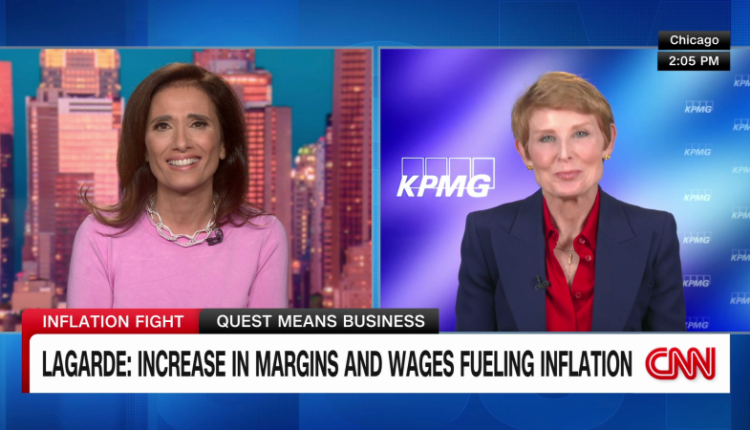The September jobs report was somewhat of a shocker, with a surprise 336,000 positions added — nearly double what economists had predicted. It more than surpassed the average monthly gain of 250,000 jobs from January to August of this year.
But that total was likely just a short-lived and unsustainable spike, economists say. “It is difficult to believe that an economy with below 4% unemployment can sustain this pace of job growth,” wrote Dean Baker, senior economist and co-founder of the Center for Economic and Policy Research, in commentary issued Tuesday.
For the October jobs report, set to be released Friday at 8:30 am ET, consensus estimates are for a notably more sober — but still solid — employment growth of 180,000 jobs. Economists also expect the unemployment rate to hold steady at 3.8%, according to Refinitiv.
While economists believe Friday’s report should be far more tame than the month before, there is a fairly sizable question mark: To what degree did the massive labor strikes by workers in the auto, entertainment and health care industries distort the month’s hiring total?
In October, there were 48,100 workers on strike, the Bureau of Labor Statistics reported. That’s the highest monthly total since February 2004, when 72,000 Southern California grocery workers went on strike.
“I think the [current striking actions] are probably going to cloud signal in this Friday’s data,” Aaron Terrazas, chief economist for Glassdoor, told CNN.
If October’s job growth comes in at the 180,000 figure that economists expect, such an increase would be right in line with what was seen pre-pandemic: From 2010 to 2019, the nation added an average of 183,000 jobs per month.
(That decade, coincidentally, included the longest-ever period of labor market expansion the United States has ever seen: The nation added jobs for 100 consecutive months between October 2010 and January 2019).
While the current streak of job growth could extend to 34 months in October, this stretch has been history-making in the pure heft of those employment gains.
Prior to the pandemic, monthly job growth north of a half a billion was a rare sight. Since May 2020, that happened 17 times as the US labor market voraciously clawed back the 21 million-plus jobs lost at the outset of the pandemic and then some.
“There’s no doubt that the labor market is and has been remarkably resilient,” Terrazas said.
‘Clear fractures and weakness’
And there’s no doubt that it is slowing, he added.
“Despite the strength, there are clear fractures and weakness building,” he said.
The two ends of the labor force, notably the oldest and youngest of workers, are finding it increasingly difficult to land jobs after being laid off, he said.
And something that’s been unique to this recovery — the employment growth that’s rolled from industry to industry — could be coming to a close, he added.
“I think all of those growth stories have fizzled out to some degree,” he said.
If this week’s labor market data is any indication, Friday’s jobs report likely will paint a picture of a labor market that’s cooling and normalizing, said Julia Pollak, chief economist with employment website ZipRecruiter.
“‘Changed little’ was the most common phrase found in the [Job Openings and Labor Turnover Survey] report before the pandemic; since then, the labor market’s been on a roller coaster,” Pollak said. “But it seems like we’ve now gone back to the good ol’ days of stable labor market dynamics where nothing much changes from day to day and everything keeps sort of chugging along.”
In September, the JOLTS data showed that the number of open jobs remained well above pre-pandemic levels, but other measurements of labor turnover were relatively unchanged, with the exception of layoffs that fell to a 2023 low, according to BLS data released Tuesday.
Layoffs trended down even further last month, according to a separate report released Thursday.
US employers announced 36,836 job cuts in October, marking the second-lowest monthly total of the year, according to Challenger, Gray & Christmas.
“Job cut plans have slowed significantly since the first half of the year, and consumers have continued to spend, even in the face of high inflation,” said Andy Challenger, senior vice president of the outplacement and research firm. “Pandemic savings and higher wages have got many workers through economic uncertainty.”
Weekly jobless claims, which are considered a proxy for layoffs, have trended slightly higher in recent weeks but remain below pre-pandemic levels.
The latest weekly initial jobless claims report will be released at 8:30am ET.
This story is developing and will be updated.
Read the full article here

